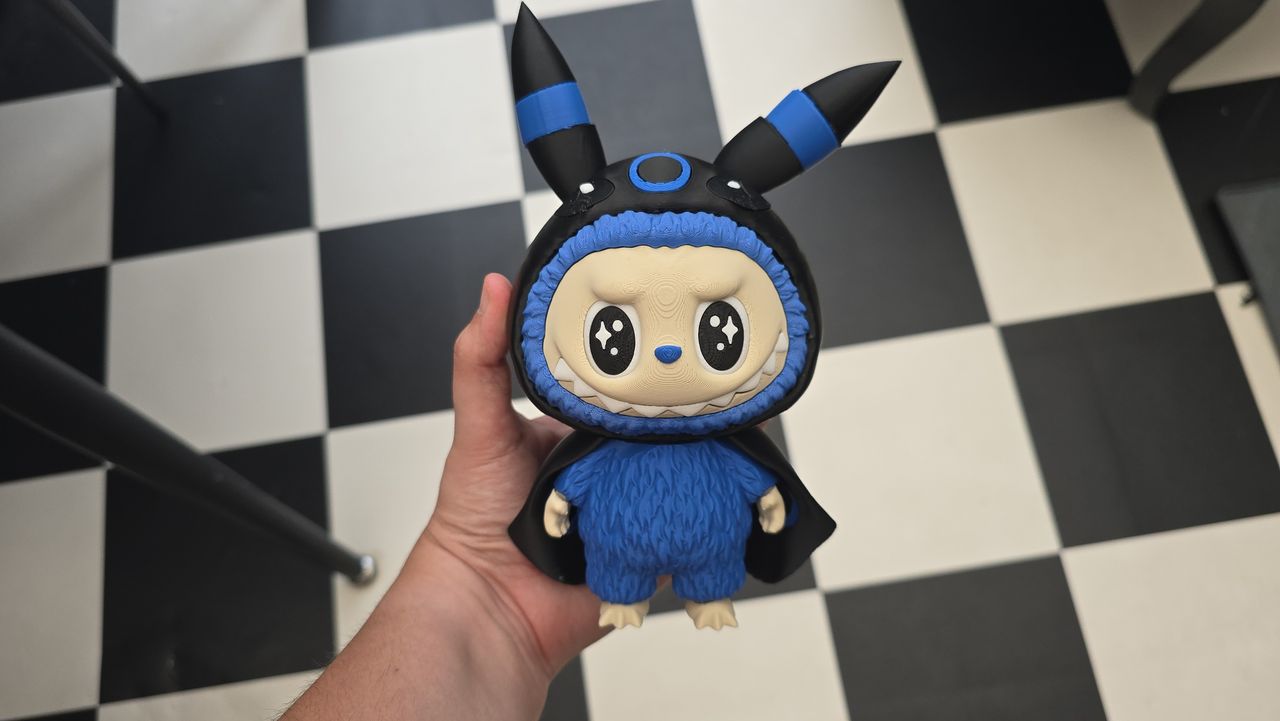The recent announcement of CEAD inaugurating a center dedicated to 3D printing for manufacturing boat hulls is nothing short of infuriating. We are living in an age where technological advancements should lead to significant improvements in efficiency and sustainability, yet here we are, celebrating a move that reeks of superficial progress and misguided priorities.
First off, let’s talk about the so-called “Maritime Application Center” (MAC) in Delft. While they dazzle us with their fancy new facility, one has to question the real implications of such a center. Are they genuinely solving the pressing issues of the maritime industry, or are they merely jumping on the bandwagon of 3D printing hype? The idea of using large-scale additive manufacturing to produce boat hulls sounds revolutionary, but let’s face it: this is just another example of throwing technology at a problem without truly understanding the underlying challenges that plague the industry.
The maritime sector is facing severe environmental concerns, including pollution from traditional manufacturing processes and shipping practices. Instead of addressing these burning issues head-on, CEAD and others like them seem content to play with shiny new tools. 3D printing, in theory, could reduce waste—a point they love to hammer home in their marketing. But what about the energy consumption and material sourcing involved? Are we simply swapping one form of environmental degradation for another?
Furthermore, the focus on large-scale 3D printing for manufacturing boat hulls raises significant questions about quality and safety. The maritime industry is not a playground for experimental technologies; lives are at stake. Relying on printed components that could potentially have structural weaknesses is a reckless gamble, and the consequences could be disastrous. Are we prepared to accept the liability if these hulls fail at sea?
Let’s not forget the economic implications of this move. Sure, CEAD is likely patting themselves on the back for creating jobs at the MAC, but how many traditional jobs are they putting at risk? The maritime industry relies on skilled labor and craftsmanship that cannot simply be replaced by a machine. By pushing for 3D printing at such a scale, they threaten the livelihoods of countless workers who have dedicated their lives to mastering this trade.
In conclusion, while CEAD’s center for 3D printing boat hulls may sound impressive on paper, the reality is that it’s a misguided effort that overlooks critical aspects of sustainability, safety, and social responsibility. We need to demand more from our industries and hold them accountable for their actions instead of blindly celebrating every shiny new innovation. The maritime industry deserves solutions that genuinely address its challenges rather than a mere technological gimmick.
#MaritimeIndustry #3DPrinting #Sustainability #CEAD #BoatManufacturingThe recent announcement of CEAD inaugurating a center dedicated to 3D printing for manufacturing boat hulls is nothing short of infuriating. We are living in an age where technological advancements should lead to significant improvements in efficiency and sustainability, yet here we are, celebrating a move that reeks of superficial progress and misguided priorities.
First off, let’s talk about the so-called “Maritime Application Center” (MAC) in Delft. While they dazzle us with their fancy new facility, one has to question the real implications of such a center. Are they genuinely solving the pressing issues of the maritime industry, or are they merely jumping on the bandwagon of 3D printing hype? The idea of using large-scale additive manufacturing to produce boat hulls sounds revolutionary, but let’s face it: this is just another example of throwing technology at a problem without truly understanding the underlying challenges that plague the industry.
The maritime sector is facing severe environmental concerns, including pollution from traditional manufacturing processes and shipping practices. Instead of addressing these burning issues head-on, CEAD and others like them seem content to play with shiny new tools. 3D printing, in theory, could reduce waste—a point they love to hammer home in their marketing. But what about the energy consumption and material sourcing involved? Are we simply swapping one form of environmental degradation for another?
Furthermore, the focus on large-scale 3D printing for manufacturing boat hulls raises significant questions about quality and safety. The maritime industry is not a playground for experimental technologies; lives are at stake. Relying on printed components that could potentially have structural weaknesses is a reckless gamble, and the consequences could be disastrous. Are we prepared to accept the liability if these hulls fail at sea?
Let’s not forget the economic implications of this move. Sure, CEAD is likely patting themselves on the back for creating jobs at the MAC, but how many traditional jobs are they putting at risk? The maritime industry relies on skilled labor and craftsmanship that cannot simply be replaced by a machine. By pushing for 3D printing at such a scale, they threaten the livelihoods of countless workers who have dedicated their lives to mastering this trade.
In conclusion, while CEAD’s center for 3D printing boat hulls may sound impressive on paper, the reality is that it’s a misguided effort that overlooks critical aspects of sustainability, safety, and social responsibility. We need to demand more from our industries and hold them accountable for their actions instead of blindly celebrating every shiny new innovation. The maritime industry deserves solutions that genuinely address its challenges rather than a mere technological gimmick.
#MaritimeIndustry #3DPrinting #Sustainability #CEAD #BoatManufacturing











